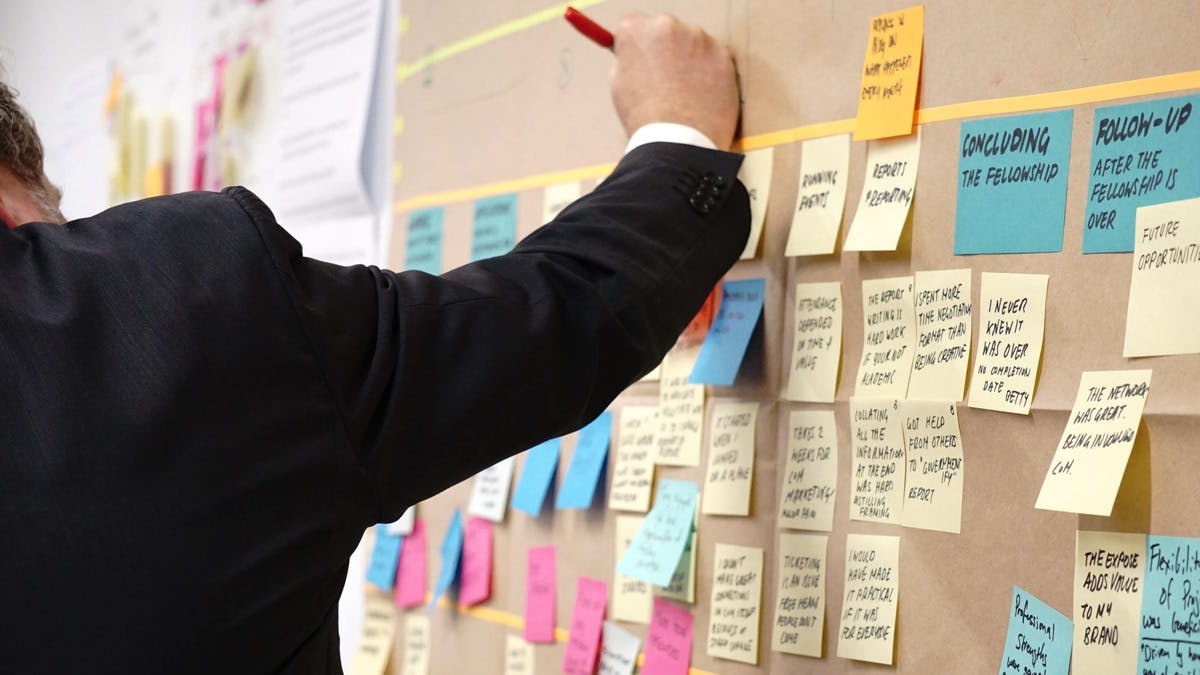Ask a range of senior business managers to name the key skills required to succeed in their roles, and you’re likely to be offered a similar list by each.
The ability to manage, problem solve, prioritise, and remain focused on goals are all desirable qualities. However, there is one that is equally important but often overlooked: creativity.
Creativity is inexorably linked to business agility. It enables managers to consider challenges from different perspectives and take actions that may not have previously been considered.
The freedom and flexibility connected to business agility is only possible if an organisation is keen on developing fresh ideas, alternatives, and possibilities. Creativity opens the door to business agility, allowing a company to more easily and collaboratively brainstorm and execute solutions to unprecedented challenges.
Fostering a creative environment
Encouraging an environment of creativity allows larger benefits for business leaders. For example, when creativity is a part of an organisation’s culture, business leaders realise that creatives don’t reside only in the art department or on the UI team. This recognition allows businesses to draw creative ideas that will benefit every member of the organisation.
Many people believe that creativity is limited to artists, poets, and other “creatives.” It goes beyond that and everyone can access creativity in their own way. For example, a sales person may not believe they are creative, yet the different ways they pursue closing a deal with a potential buyer demonstrates their ability.
In some cases, creativity has had more time to develop and is, therefore, more obvious to colleagues and managers. In others, it may be underdeveloped and not recognised. Developers, data scientists, security teams, marketing personnel, sales teams, and HR staff — all are creative in their own ways. When you encourage, recognise, celebrate and expect creative breakthroughs of all employees, they’re able to utilise their creativity to achieve superior outcomes.
How business creativity works
When considering how to foster creativity and adaptability on the way to business agility, business leaders should focus on leadership, operations and individuals.
Leadership must go first because when those at the top are enabling a creative mindset, others will follow. If leaders really want increased creativity, they’ll set an example and show an openness to the changes that will invite it. In operations, it’s important that governance and policies do not value structure at the expense of ideation and innovative spaces. Lastly, companies must invest in both solutions and practices that allow each individual to be creative in their own way.
Igniting the often dormant creativity that rests inside each team member will mean rethinking team activities, the meetings we hold, the workshops we put on and the discussion forums that are available.
Here are a couple examples we incorporate at Lucid.
To encourage creativity, we have a de-risking exercise in our product management operations in which each hypothesis is scrutinised, modelled and tested to see which path forward is the best for that initiative. Each team member undergoes training in the fundamentals of this approach and learns the associated templates and patterns.
Each hypothesis is carefully considered and no idea is dismissed immediately as foolish or silly. This demonstrates an appreciation of creative ideas at the highest levels of the company, regardless of the outcome.
We also construct creative activities that allow small groups to come together and collaborate. This is especially useful for remote teams who may be able to better communicate and find safety in sharing ideas with fewer people on the screen. Working together as a pair or trio offers greater safety as the decreased group size limits the risk that may otherwise prevent openness. This technique is called “pairing.” These targeted conversations can ignite creativity in a way that is more generative, fun and yields improved quality.
Fostering creativity
Taking the steps required to create a culture of creativity will deliver significant business benefits in often surprising ways. New answers will be found to current challenges and fresh opportunities spotted that previously may have been missed.
A creative business will be a successful business – both now and in the years to come.
The article is jointly authored by Bryan Stallings, Chief Evangelist, and Jessica Guistoloise, Evangelist, at Lucid Software

